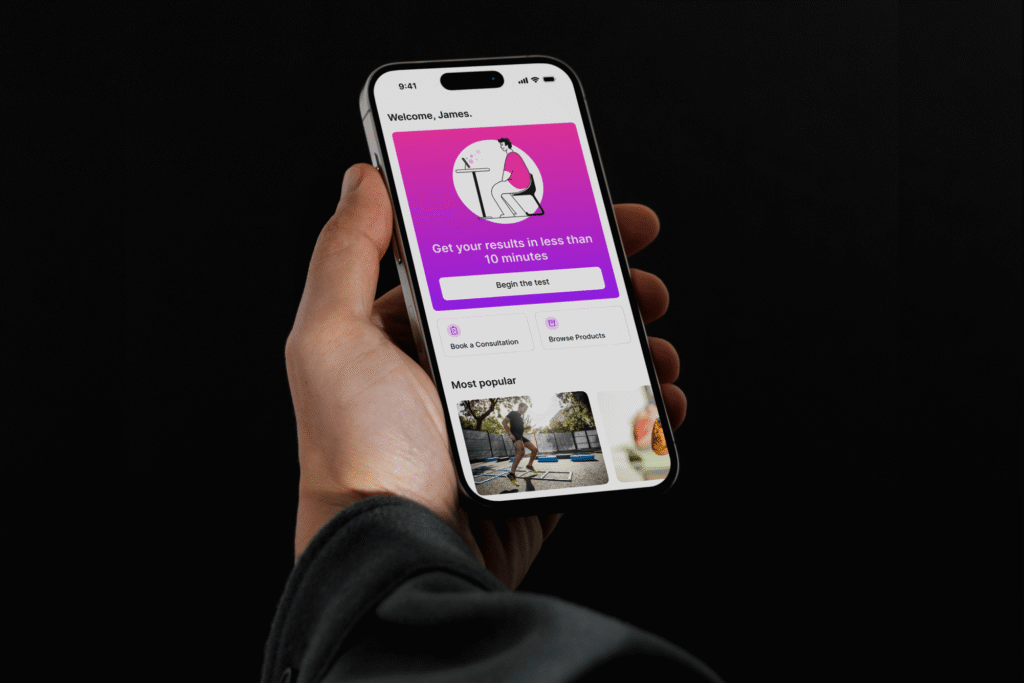Research from Harvard Medical School indicates that unexpected changes in daily routines can significantly increase the risk of migraine attacks. This finding emerges from a cohort study published in the journal JAMA Network Open, which examined the relationship between daily experiences and subsequent headache activity.
The study focused on “trigger surprisal” scores, which quantify how unusual a day feels compared to an individual’s typical routine. The researchers found that higher surprisal scores corresponded with increased odds of experiencing migraine attacks within the following 12 to 24 hours. This connection persisted even after considering participants’ recent headache history and variations in their daily experiences.
A total of 109 adults, aged between 18 and 65, participated in the study, all diagnosed with migraines according to the International Classification of Headache Disorders, 3rd Edition criteria. Participants recorded their daily experiences through electronic diaries, filled out twice a day over a period of up to 28 days. These diaries captured a wide range of factors, including sleep patterns, mood, environmental influences, and dietary habits.
Headaches were documented on 1,518 out of 5,145 days with complete data, providing a robust dataset for analysis. The morning entries focused on sleep quality and duration, while evening diaries assessed mood and common migraine triggers, such as food and drink choices.
Understanding the Impact of Daily Surprises
The analysis revealed a clear pattern: when an individual has a day that deviates significantly from their usual routine, the likelihood of a migraine attack increases. Specifically, if the previous day had a typical routine, an unusual day markedly heightens the risk of a headache. Conversely, if the prior day was already atypical, the added risk from another unusual day is less pronounced.
Quantitatively, the study found that the overall surprisal score was associated with an increase in the odds of a future headache by 86% at the 12-hour mark and 115% at 24 hours. This indicates a stronger association with longer intervals, although variations among individuals were evident. Some participants displayed a heightened sensitivity to routine changes, while others showed minimal correlation between unusual days and migraine occurrences.
The findings suggest that instead of solely avoiding specific triggers, individuals might benefit from strategies that encourage steadier routines or emotional regulation. This approach could help mitigate the effects of unexpected changes and potentially reduce the frequency of migraine attacks.
Implications for Migraine Management
The researchers propose that measuring “surprisal” could offer a more personalized method for estimating the short-term risk of migraines. By focusing on how out-of-the-ordinary a person’s day feels, rather than just specific triggers, this method could enhance self-management strategies. Future applications may include integrating surprisal scores into mobile apps designed to forecast migraine risk in real time.
Despite the compelling nature of these findings, the study faced limitations. The sample size was smaller than initially planned, reduced from 200 to 109 due to disruptions caused by the pandemic. This limitation hindered the ability to analyze specific subgroups or factors such as medication use.
Overall, this study adds a valuable dimension to understanding migraine triggers, emphasizing the importance of daily experiences in headache management. As researchers continue to explore this area, the hope is that individuals living with migraines can gain better insights and develop more effective coping strategies.







